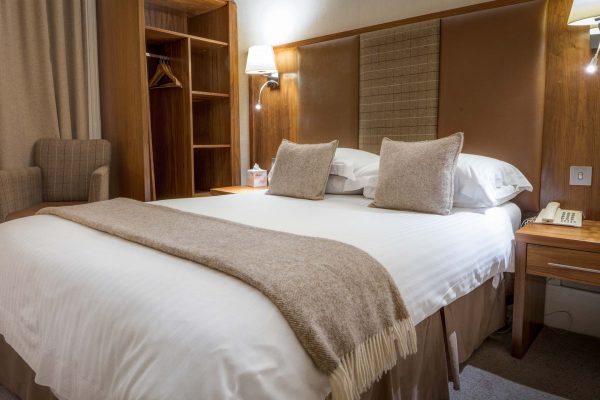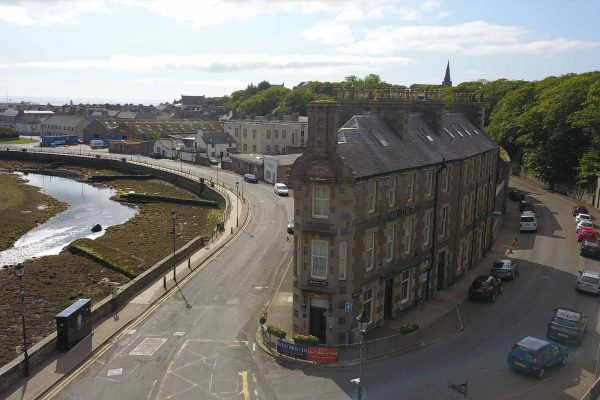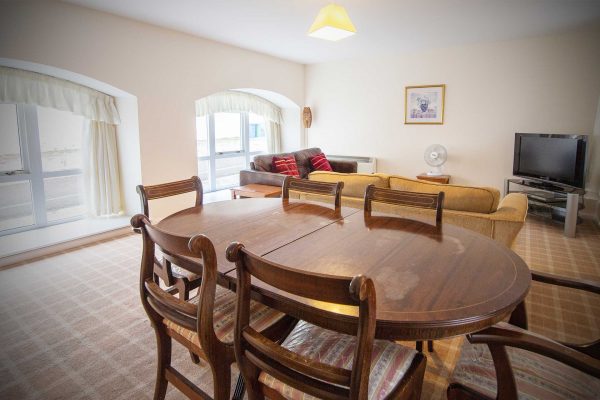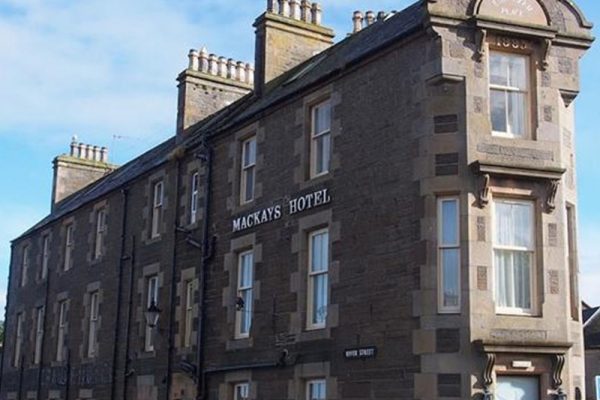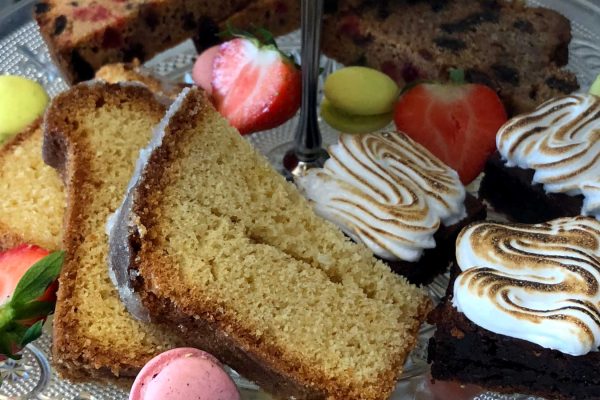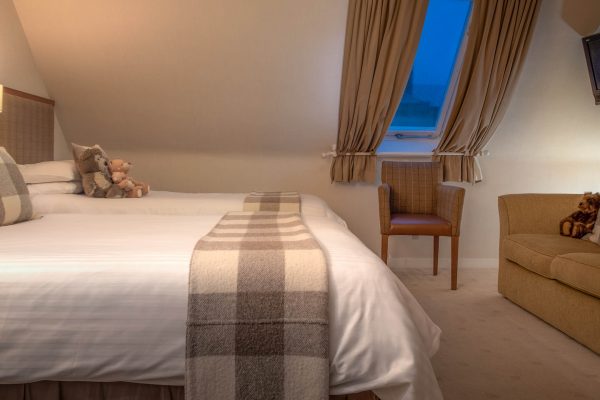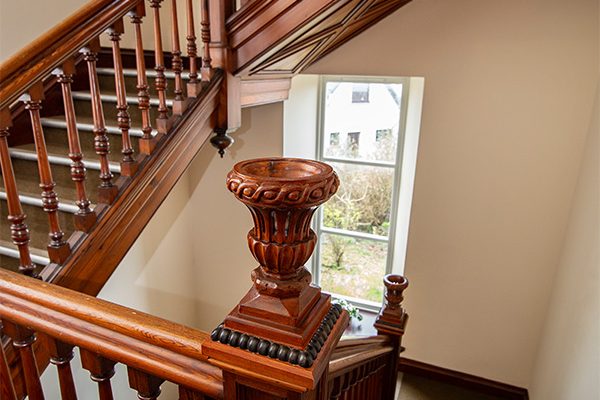The history of Wick, Caithness
Here at Mackays Hotel in Wick, we are surrounded by history. In this blog, we take a look at the heritage of our home town in Caithness on the north coast of Scotland. From the very first settlers to the modern day. We also point out some important historic sites and landmarks, which are great to visit during your stay with us.
Prehistory and early settlers
There is evidence of settlers in this area from prehistoric times. Garrywhin Fort is one of the oldest sites in the area, an ancient hill fort dating from the Iron Age.
In the 8th century, the Irish missionary, St Fergus, arrived and his church is said to have stood near the east end of the town. St Fergus is now the patron saint of Wick.
The Vikings took control of the Caithness area from the 800s to 1231. The name Wick comes from the Norse word “vík”, which means “bay”. Eventually, the Scots defeated the Vikings, but their influence remained. The dramatic ruins of the Castle of Old Wick date from this period, originally built by the half-Norse Earl Harald Maddadson.
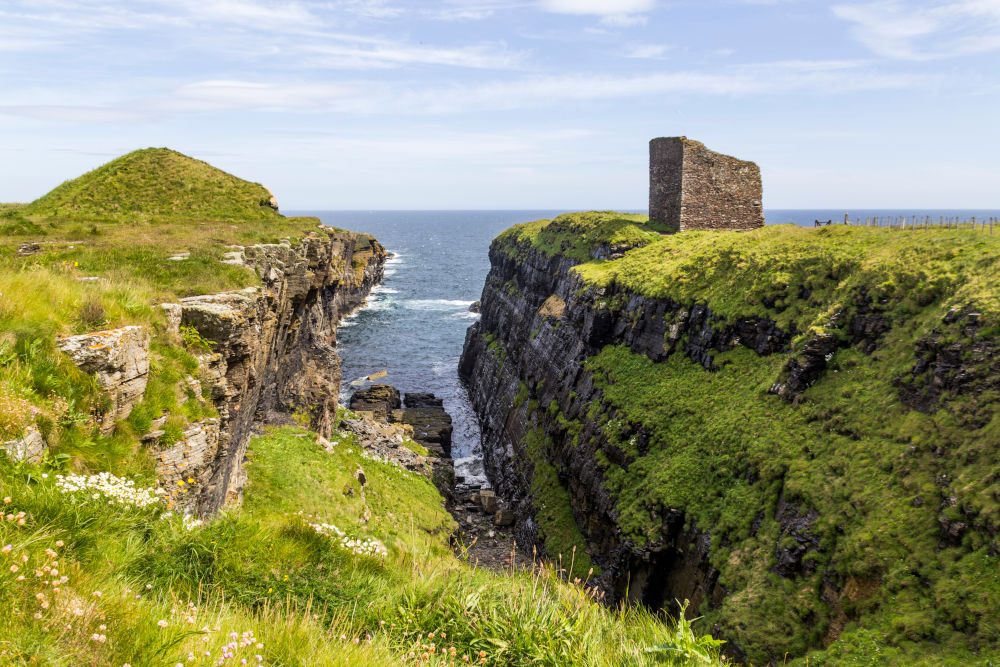
Clan battles and earldoms
From the 14th century, ownership of the town passed between powerful Scots families and clans. There were many conflicts and battles over the years. The Battle of Altimarlach, fought between Clan Campbell and Clan Sinclair in 1680, is considered the last feudal clan battle in Scotland. The earldom finally went to the Sinclairs, through the courts.
Castle Sinclair Girnigoe is located just north of Wick and is considered to be one of the earliest seats of Clan Sinclair.
Town growth and development
In 1589 Wick became a royal burgh and began to grow and expand. By the late 18th century, the herring fishing industry had transformed the town. Renowned engineer, Thomas Telford, produced plans for a new harbour, built in 1813.
During the Highland Clearances of the 18th and 19th centuries, many displaced crofters from rural areas moved into Wick, where they found work as fishermen.
The bustling fishing town reached its peak of activity in 1912, after which time many fishermen left to join the war effort.
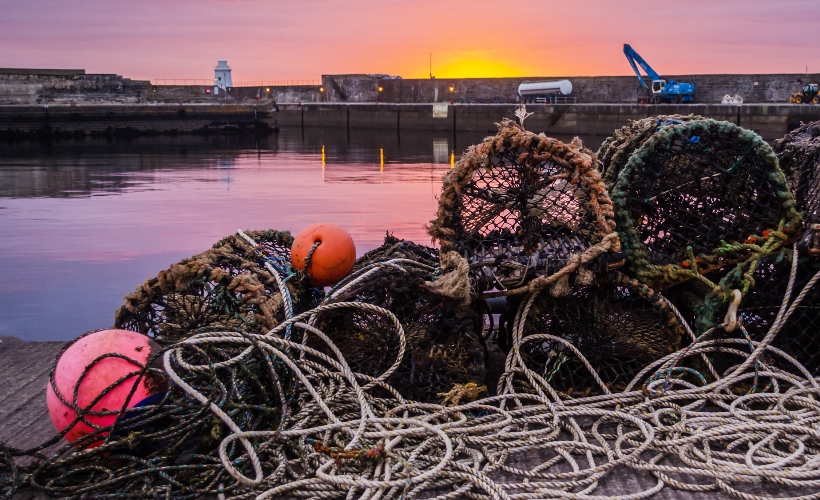
Whisky production
Whisky is an important part of Scottish heritage and industry. In 1826, the Old Pulteney Distillery was established in Wick. At the time, it was the most northerly distillery on the Scottish mainland. The distillery closed in 1930 due to the temporary imposition of prohibition in Wick, but re-opened in 1951. Its single malt whisky is known as the “maritime malt”, which is said to capture the taste of the sea. Today the distillery is open to visitors for whisky tours and tastings.
Mackays Hotel and the world’s shortest street
As part of the town’s development in the 19th century, our own building’s history began. Businessman Alexander Sinclair had made his fortune in America and returned to Scotland 1883, where he built a hotel in Wick at the junction of 5 roads – Union Street, River Street, Bridge Street, Station Road and The Cliff. This was later to become Mackays Hotel.
The writer, Robert Louis Stevenson, spent time in Wick around this time, while his engineer father was building a new breakwater in the bay. Our 5-road junction even gets a mention in his 1883 book, Treasure Island, which refers to the 5 hand way.
When the hotel was completed, the council instructed Sinclair to put a street name on the short end of the building. So this became Ebenezer Place, appearing in the town’s records from 1887. This is where the entrance to our Bistro now is, and it is officially the shortest street in the world!
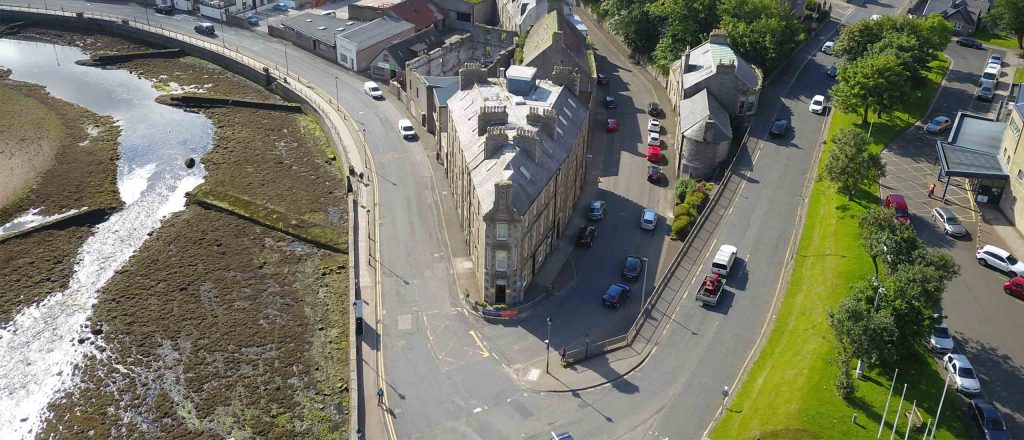
Caithness Glass
Wick is famous for Caithness Glass, an artistic glassware company established here in 1961. The company produces beautiful glass paperweights and other decorative items. In 1968, it acquired a Royal Warrant as a recognised supplier to the Queen Mother. Since 1972, the company has also made the coveted annual glass trophy for the BBC TV quiz Mastermind. You can see some examples of the many historic designs at Wick Heritage Museum. The unique glassware items are still made in Scotland today, and you can pick them up in local gift shops. They make perfect souvenirs.
Tourism and the North Coast 500
Much of the growth in tourism in Wick over the last decade is down to the NC500 route, launched in 2015. This scenic driving route takes in just over 500 miles around the north coast of Scotland, passing through Wick along the way. It is now amongst the best driving routes in the world. It’s Scotland’s answer to Route 66!
With magnificent coastal scenery, abundant wildlife and a rich and fascinating history, there is so much to discover here in Wick. We are also very close to the famous John O’ Groats, the most northerly village on the UK mainland, and Dunnet Head, the most northerly point. Come and stay with us at Mackays Hotel and experience the far north of Scotland for yourself!
Book Now

